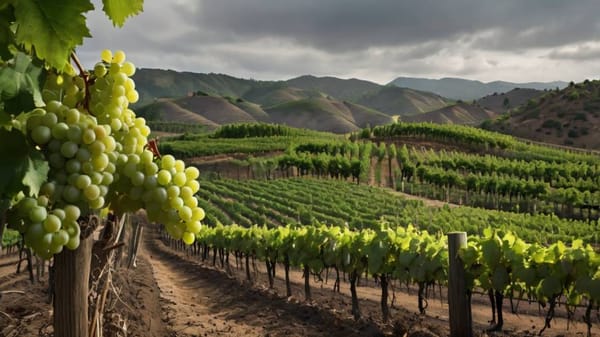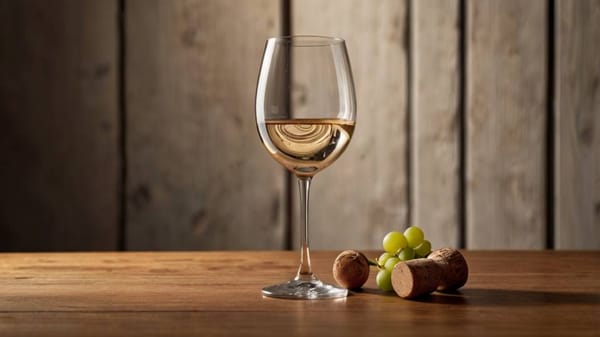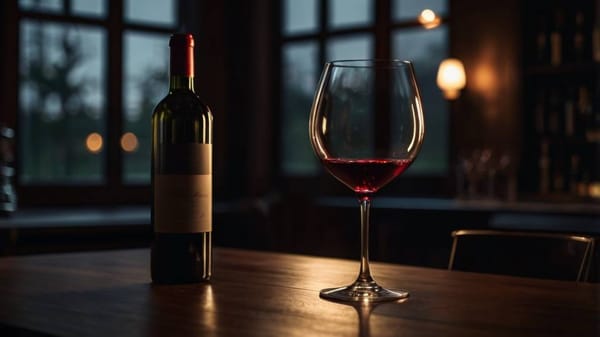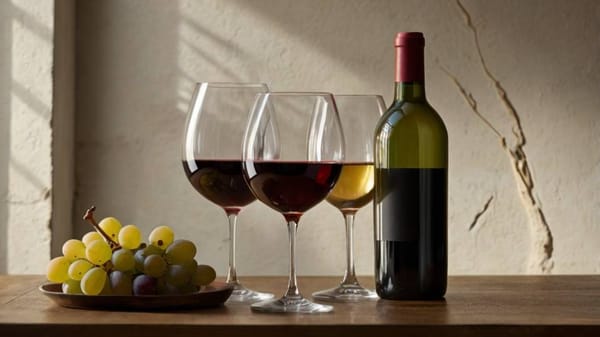A Beginner’s Tour of Italian Wine Regions
Explore Italy’s iconic wine regions with confidence. Learn to taste, decode styles, and trust your palate—one unforgettable glass at a time.
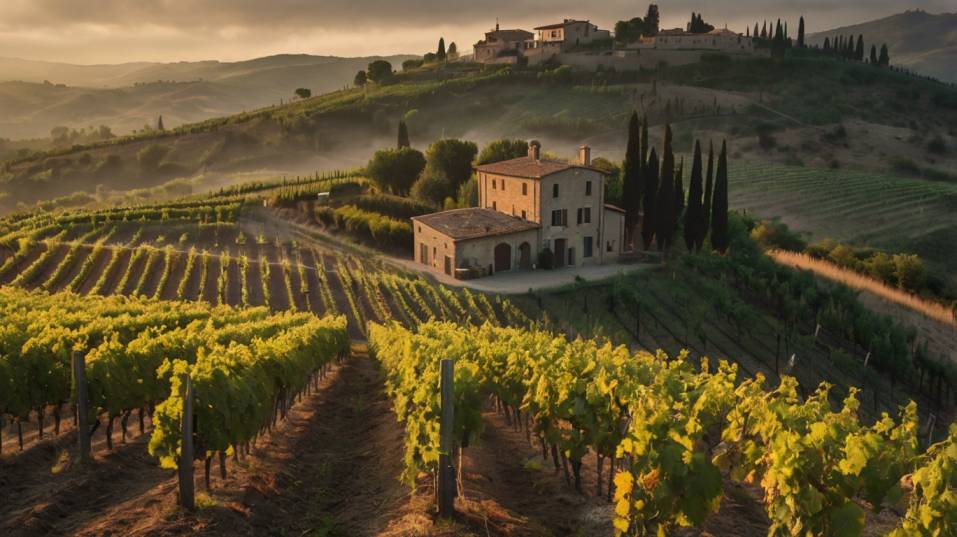
Ever wondered what makes Italian wine so captivating—and why it's the best place to start your wine journey? Italy isn’t just a country of vineyards. It’s a patchwork of stories, soils, and styles that train your palate one glass at a time.
From the Alps to the islands, tasting here isn’t about memorizing grapes. It’s about learning to feel structure, recognize balance, and decode a wine’s origin with confidence and curiosity.
Northern Italy: Altitude, Elegance, and Structure
Northern Italy teaches clarity. These wines often come from cooler climates and higher elevations, which translates into structure, freshness, and a kind of natural restraint.
This is where you start to understand that a “light” wine isn’t simple—and that precision can be just as impactful as power.
Piedmont: The Power of Tannin and Time
Piedmont is a region that rewards close attention. The flagship grape, Nebbiolo, is famously light in color yet intensely structured—with high acidity and firm tannins that give it age-worthy strength.
Wines like Barolo and Barbaresco teach you how tannin feels on the palate and how acidity adds lift to a wine’s finish.
These are not wines that try to charm you up front. They unfold. They evolve. And once your palate starts to recognize those shifts, every red becomes more interesting.
Begin with a Langhe Nebbiolo or a Nebbiolo d’Alba. They're usually more approachable—less oak, gentler tannins—but still expressive.
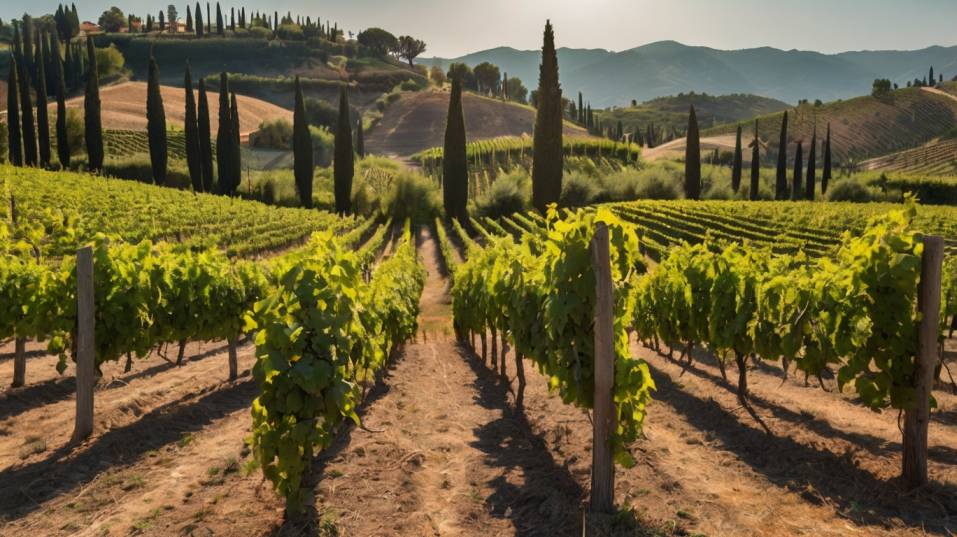
As you build familiarity, step into Barolo or Barbaresco and notice how time in bottle changes everything: fruit becomes secondary, and savory notes like dried roses, tar, and herbs start to rise.
Other regional grapes like Dolcetto and Barbera help round out your understanding of acidity and softness. Barbera, in particular, is a go-to for tasting food-friendly acidity without overwhelming tannin.
Veneto: Style and Technique in Action
Veneto, home to Venice and the expansive Valpolicella region, is where technique plays a starring role. Amarone della Valpolicella, made from dried grapes using the appassimento method, delivers richness and concentration without sweetness.
This is your entry into understanding how winemaking decisions—not just grape variety—shape a wine’s weight, texture, and intensity.
For something brighter, try Valpolicella Classico or Valpolicella Superiore Ripasso. The latter uses partially dried grape skins to add complexity, body, and depth.
These wines help you calibrate your palate toward balance: fruit, tannin, and alcohol all in harmony.
Veneto also produces Prosecco, but skip the mass-market stuff. Look for bottles labeled Valdobbiadene or Cartizze to understand how well-made sparkling wine can show precision, minerality, and freshness—even at modest alcohol levels.
Friuli-Venezia Giulia and Alto Adige: The White Wine Classroom
In the northeast, you’ll find Italy’s most quietly confident white wines. Friuli-Venezia Giulia and Alto Adige focus on purity of flavor, subtle complexity, and texture over flash.
Grapes like Friulano, Ribolla Gialla, and Pinot Bianco teach you how to taste freshness and minerality with nuance.
These wines are ideal for learning to pick out subtle aromas—almond skin, white flowers, stone fruit—and for understanding the role of lees aging (contact with dead yeast cells) in giving whites a creamy, layered texture without oak.
Central Italy: Balance, Acidity, and Earthiness
Central Italy is where the notion of balance starts to come into sharper focus. Wines here are shaped as much by culinary tradition as by soil and climate. They’re not flashy, but they are dependable, age-worthy, and honest.
Tuscany: The Language of Acidity
If you learn one thing in Tuscany, let it be this: acidity is not a flaw—it’s a backbone. The signature grape here, Sangiovese, produces reds that are high in acid, medium in body, and firm in tannin.
These are wines made for food, not for sipping alone. And when paired right—think tomato, herbs, salt, and fat—they come alive.
Tuscany is vast, but focus first on Chianti Classico, Rosso di Montalcino, and Vino Nobile di Montepulciano. Each one offers a slightly different take on Sangiovese, helping you recognize regional nuances, soil influence, and winemaking intent.
From there, step into Brunello di Montalcino—a longer-aged, more structured expression that shows how acidity and tannin evolve with time.
You’ll also find Super Tuscans here—wines that break traditional blending rules by using international varieties like Cabernet Sauvignon or Merlot.
These are a great lesson in style versus tradition. They’re smoother, rounder, often oakier—but when done well, they show a different kind of finesse.
Umbria and Le Marche: Quiet Complexity
In Umbria, the red grape Sagrantino produces one of Italy’s most tannic wines. A single sip of Sagrantino di Montefalco will teach you more about tannin than a dozen classroom lectures.
Try it young and feel its grip; try it older and watch it soften. Head east to Le Marche, where Verdicchio quietly challenges everything you thought you knew about Italian white wine.
Clean, mineral, citrusy—but with real aging potential—Verdicchio shows that complexity doesn’t always need oak or opulence. It helps you recalibrate your expectations, especially around texture and finish.
Southern Italy and the Islands: Intensity with Lift
Southern Italy delivers bold flavors, ancient vines, and a growing focus on freshness and finesse. The sun is stronger, the grapes ripen more fully, and the wines can be powerful—but they’re rarely clumsy.
What keeps them interesting is elevation, volcanic soil, and a winemaking culture that’s increasingly quality-driven.
Campania: Volcanic Identity
Campania, home to Naples and the Amalfi Coast, produces wines that are vivid, structured, and deeply tied to the soil.
Red wines like Taurasi, made from the Aglianico grape, are intense and age-worthy, with firm tannins and deep black fruit.
But it’s not all weight—high altitude and volcanic soils give these wines lift and minerality. Aglianico teaches you how a wine can be full-bodied but still nimble.
On the white side, try Fiano di Avellino and Greco di Tufo. Both offer bright acidity and layered flavors—pear, citrus, hazelnut, even a hint of smoke.
These whites are excellent for learning how soil and grape variety interact to create savory complexity.
Sicily: Boldness Refined
Sicily may be Italy’s largest wine region, but the quality revolution here is focused. The standout is Etna, where high-altitude vineyards on volcanic slopes produce reds from Nerello Mascalese—a grape often described as Pinot Noir with attitude.
Wines from Etna Rosso are light in body, but firm in tannin, and always deeply mineral. This is where you start to understand tension in wine: that feeling of energy, movement, and structure all at once.
Elsewhere in Sicily, Nero d’Avola offers a rounder, more fruit-forward option that still maintains balance. Look for producers working at higher elevations or cooler zones to avoid over-extraction.
Final Thoughts: Learn by Tasting, Not by Memorizing
Italian wine isn’t about finding a favorite bottle. It’s about training your instincts. Tasting across regions, grapes, and styles helps you recognize acidity, tannin, fruit character, and balance—without needing a sommelier’s vocabulary.
You’re not just drinking; you’re decoding. You’re building a palate that can read a wine and appreciate its story.
So start somewhere. Open a bottle of Langhe Nebbiolo and feel the tannin. Pair a Chianti with pizza and notice how the acidity cuts through cheese and tomato.
Chill a Verdicchio and sip it slowly, watching how it changes as it warms. Let wine become part of how you cook, travel, and unwind.
Taste with attention. Ask questions. Try something unfamiliar. Because the more you engage with Italian wine, the more you’ll trust your palate—and the more rewarding your wine ritual becomes.

